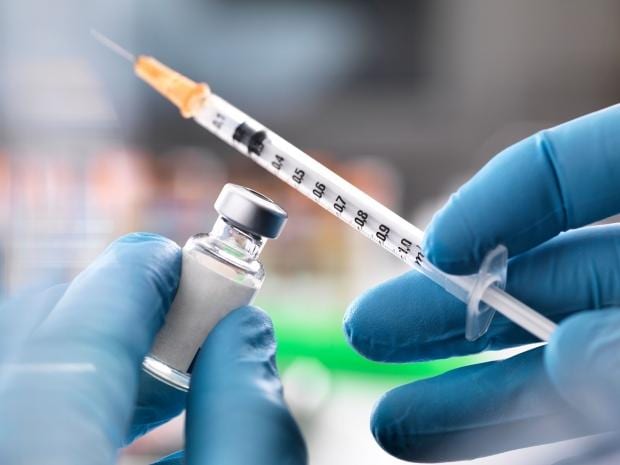The spread of the deadly coronavirus continues, almost unimpeded throughout the world. Even as several countries have gone into complete and utter lockdown, data shows such extreme preventive measures have only succeeded in slowing down the spread of this disease. After the World Health Organization declared it as a pandemic, the only hope for stopping the march of this virus seems to be a vaccine.
The effort to create a vaccine for the virus is going ahead with full steam. Various scientific organizations are working round the clock to create such a vaccine. The speed at which the vaccine is being developed is a testament to the prowess of modern medicinal science.
The virus, which originated in China is particularly hardy and is very easily spread. It can survive on external surfaces for days and can be transmitted without direct contact with a corona positive patient. This makes the virus very dangerous and the speedy development of a vaccine all the more necessary.
This breath-taking speed was only possible because of the Chinese institutions’ which began efforts to map out and prepare a detailed guide of the virus which upon entering the body causes COVID-19. The genetic sequence was shared in January. This has allowed researchers to inspect the virus and study, in-depth the mechanism of how it destroys healthy, living cells in the human body.

The most important reason behind this swift reaction to the grave situation is the fact that Coronaviruses have caused two other recent epidemics – Severe Acute Respiratory Syndrome (Sars), and Middle East Respiratory Syndrome (Mers). Some companies are repurposing the vaccine candidates that were developed for the Sars and Mers outbreaks but later shelved because the outbreaks were contained, to fight the menace that is COVID-19.
The way that vaccines work has been the same for a long time. The human body is brought face to face with a very small amount of the pathogen against which immunity is required. Then the body responds to the injection by producing antibodies and memory cells. These memory cells remember the kind of response required for fighting against the given pathogen, and the next time when the pathogen enters the body, the response is quicker and more efficient.

The pathogens to which the body is exposed to during vaccination is generally a weakened form of the virus. However, new methods of preparing a vaccine are being developed which involve directly copying the piece of protein that is responsible for invoking an immune reaction and exposing the human body to it.
The most important part of preparing a vaccine fit for mass consumption is human trials. It is a carefully monitored process where an increasingly large number of people are injected with the vaccine and kept under observation for any side effects. This is generally the longest stage of vaccine preparation and can make the process last as long as a decade. However, leading health professionals agree that the vaccine for COVID-19 should take about 18 months to be ready.
The question of availability remains. Even if the vaccine is ready in 18 months, the question of whether we can get it to the people that need it the most is still unanswerable.
Further Reading:


